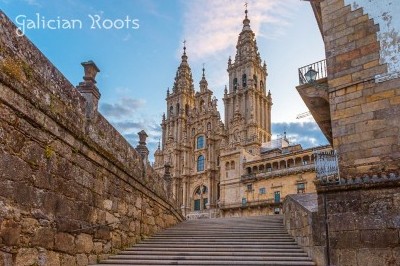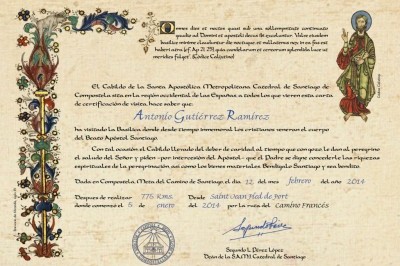In compliance with the new European General Data Protection Regulation (RGPD), in relation to the cookies policy, we would like to inform you that continuing to browse our website implies
ACCEPTING our cookies policy.
Read more.
1) GALICIAN ROOTS S.C., as owner of the domain www.galicianroots.com is responsible for the treatment.
2) Your data will be processed according to current regulations to enable you to use and browse this website and process the specific requests that you formulate in your area
3) On this website cookies are used, in general, to enable and improve your browsing experience on our website.
4) The basis for processing your data will be, primarily, your consent.
5) Your rights may be transferred to third parties, as detailed in our detailed privacy policy (
see additional information). Outside of these cases, they will not be transferred except legal obligation.
6) In general, there are no international transfers of your data.
7) You can access, rectify and delete your data, as well as exercise other rights, as explained in the additional information indicated below. We recommend you access and read attentively the
additional and detailed information of our privacy policy and cookies. If once this information is known, you continue browsing our website, this implies that you accept our privacy policy and cookies.








